A perfect lead generation strategy is a mandatory element for each business. Whether you are a B2B or B2C business, you should focus on a successful lead-generation strategy to get interested customers. It promotes sales and grows the businesses. Digital Marketing Lead Generation includes various kinds of processes such as SEO, SMO, Paid Ads, etc. Here in this blog, you will learn about types of Lead generation, Lead Generation Techniques, and examples. So, stay tuned until the end.
What is lead generation in Digital Marketing?
Lead Generation is an online process to attract, engage, and convert potential customers. Its main objective is to convert the visitor into the lead and get their contact information to promote sales.
Importance of Lead Generation Digital Marketing
Digital marketing lead generation is important for the following reasons:
- Increase Sales Opportunities: Lead Generation helps in getting more leads of interested customers.
- Targeting the Right Audience: Digital Marketing gives you an opportunity to show the content to the right audience only.
- Increase Brand Awareness: As billions of users are active online you can reach more people with digital content.
- Improve ROI: A well-planned digital marketing strategy always gives a high ROI (Return on Investment).
Sign up and get 20 credits for free!
We have 3 million+ contacts stored to connect you with prospects all over India
Types of Lead Generation in Digital Marketing
There are mainly two types of lead generation: Inbound and Outbound.
Inbound Lead
- SEO and Content Marketing
In this type of marketing, blog posts, and case studies are used to reach potential audiences. This content is well-optimized according to SEO to get organic traffic. For example: If you are a financial institution; you can write How to check your credit score and improve it.
- Social Media Marketing
Your potential audience is always active on the platforms like LinkedIn, Instagram, and Facebook. You can reach your audience both B2B leads and B2C leads by generating valuable content.
- Email Marketing: Sending a well-crafted newsletter email to a suitable audience with offers and insights.
Outbound Lead Generation
In outbound lead generation, businesses reach out to the potential audience through paid marketing.
- Paid Advertising (PPC & Social Media Ads)
Using Google Ads, Facebook Ads, and LinkedIn Ads to reach the target audience with forms. This lead generation in digital marketing strategy is effective for quick response.
- Cold Email Outreach
Sending personalized cold emails to target audiences based on the industry. For example, A b2b SaaS company reaches out to CEOs with demo invitations for automation tools.
Lead Generation Tools in Digital Marketing
- HubSpot
HubSpot is a marketing automation tools that help businesses in managing lead generation. It offers features like forms, email automation, and landing pages to attract and nurture leads.
- Mailchimp
MailChimp is an email marketing tool. It helps businesses engage with audiences through customized emails, automated workflows, and audience segmentation. It is an ideal solution for businesses focusing on email-based lead generation.
- LinkedIn Sales Navigator
LinkedIn Sales Navigator is an effective tool for B2B lead generation. It offers features like advanced search filters, lead recommendations, and direct messaging. It is useful for professionals and agencies to get in contact with high-value clients.
- Google Ads
Google Ads is the best way to lead generation by paid advertising. It offers ads like Search, display, and YouTube ads. It offers features like audience targeting, bidding, and conversion tracking. It helps businesses attract interested users.
- Surereach
Surereach is a phone number and email ID finder tool. It helps businesses get the verified contact information of the potential prospect directly from the profile. You can use Surereach on multiple platforms like Tofler, LinkedIn, InstaFianncials, TradeIndia, etc.
Stages of Lead Generation
Lead Generation is a process that moves potential customers from awareness to conversions.
- Awareness – TOFU (Top of the Funnel)
In the awareness stage of lead generation in digital marketing, businesses want to attract potential leads by increasing brand visibility. It includes SEO blog content, social media marketing, paid ads, and video marketing. The goal is to educate and inform the audience and them aware of the brand’s value and existence.
- Interest – MOFU (Middle of the Funnel)
This stage focuses on engaging with potential customers and collecting their contact details. Businesses use personalized content, eBooks, whitepapers, and webinars to build conversion.
- Consideration – MOFU (Middle of the Funnel)
This helps potential customers evaluate the products and services and make decisions. Businesses use email campaigns, product demos, free trials and case studies, and webinars. It also focuses on solving the concerns of potential customers.
- Conversion – BOFU (Bottom of the Funnel)
This focuses on making customers purchase. It provides a clear call to action and offers incentives and discounts. The main objective is to make a lead into the paying customer.
Conclusion
Lead Generation in Digital Marketing is important for all businesses. It helps reach potential customers, make them aware of the business, and convert them for sales. Lead generation involves four major steps TOFU, MOFU, and BOFU which are mentioned above. Various digital marketing tools are listed above that help in generating leads easily.
FAQs
What is lead generation with an example?
Lead generation is a process of getting customer attraction and converting them into paying customers.
What are lead generation techniques in Digital Marketing?
SEO, SMM, SMO, Email Marketing, Google Ads, etc.
What is the lead in digital marketing?
Lead refers to the potential customer who has seen interest in the product or service by sharing his email ID and Phone number.


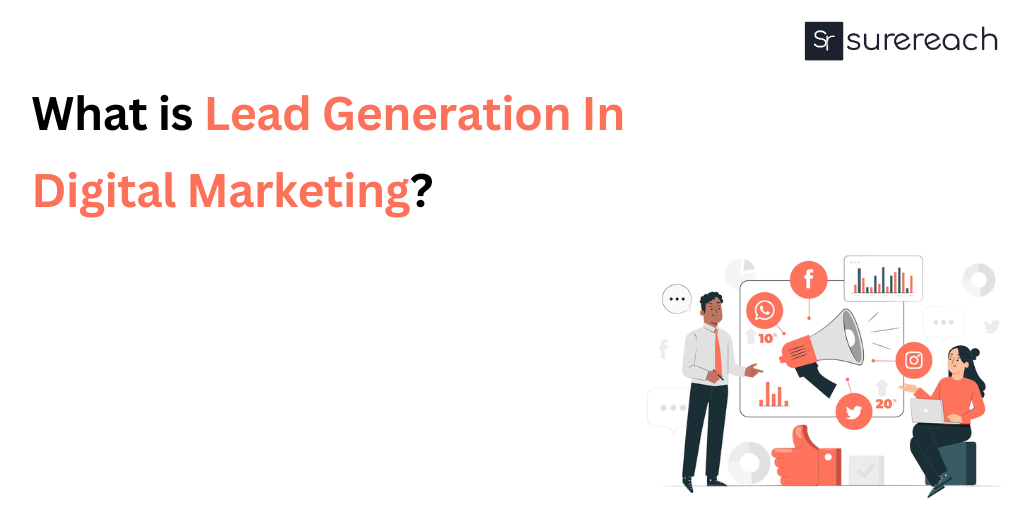
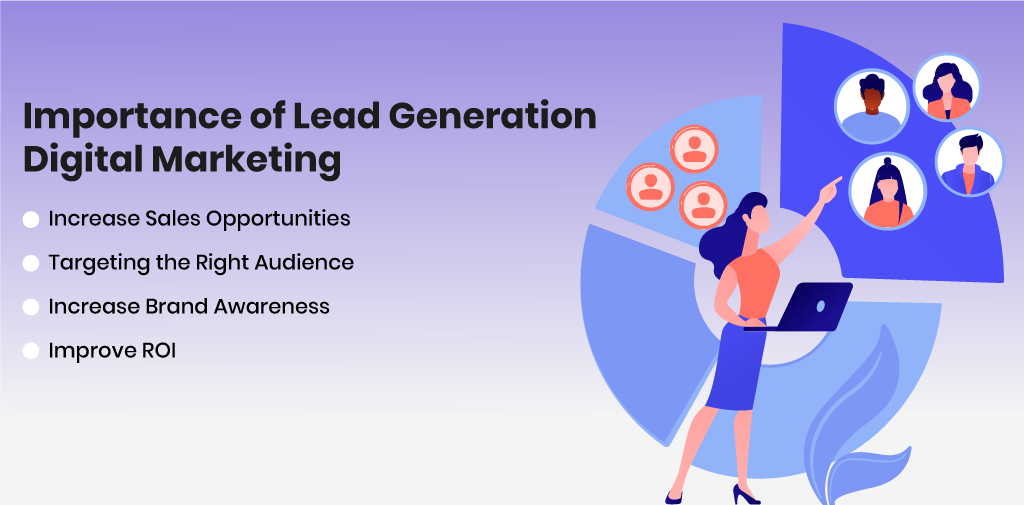

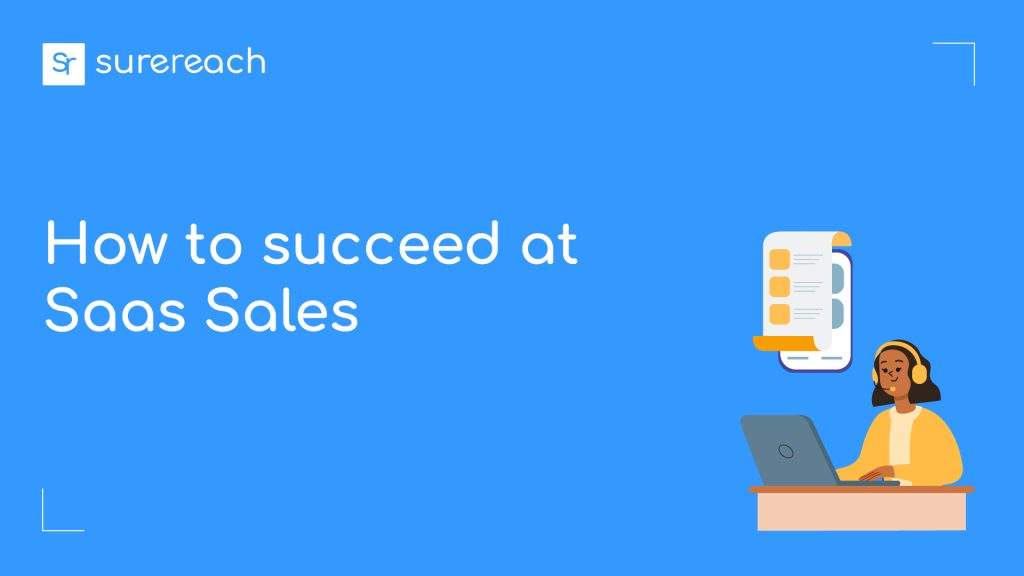
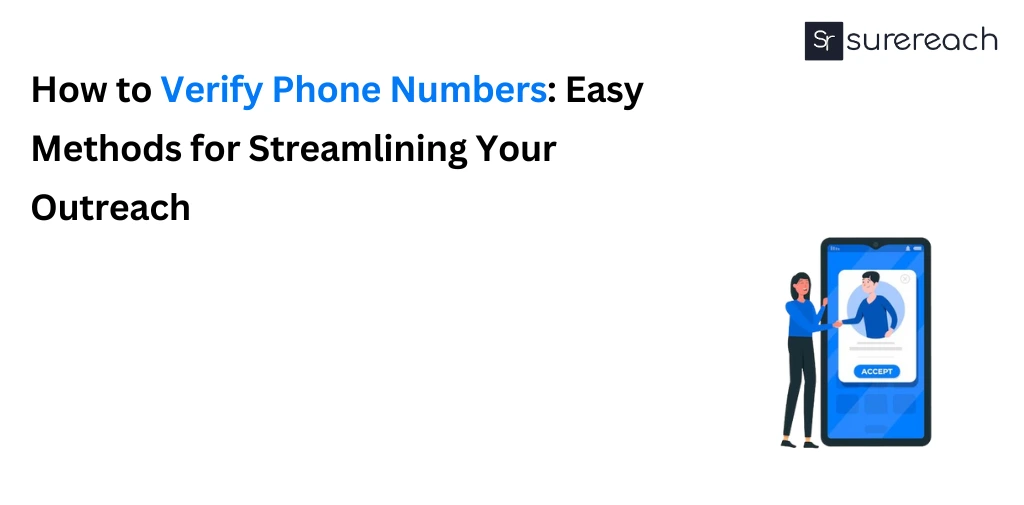
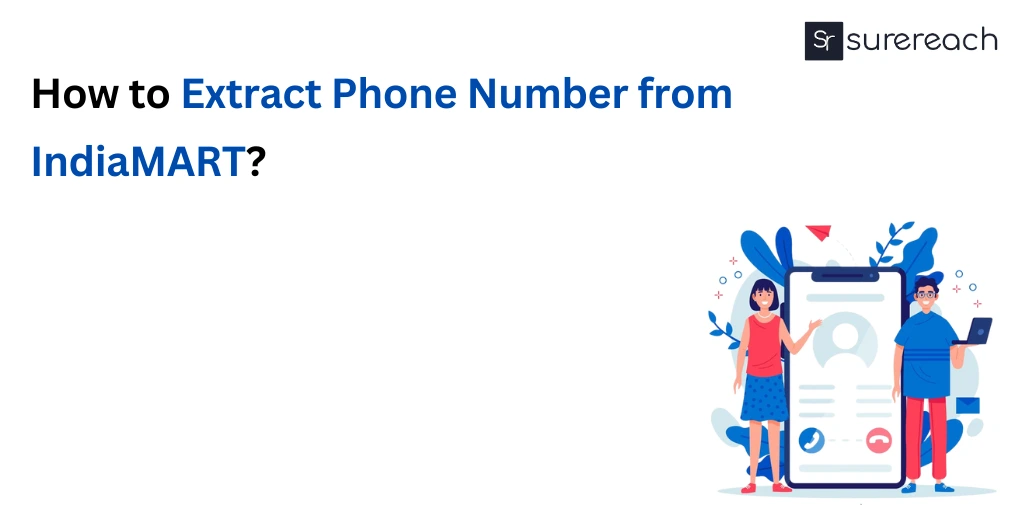


Vijay kandari
More posts by vijay kandari